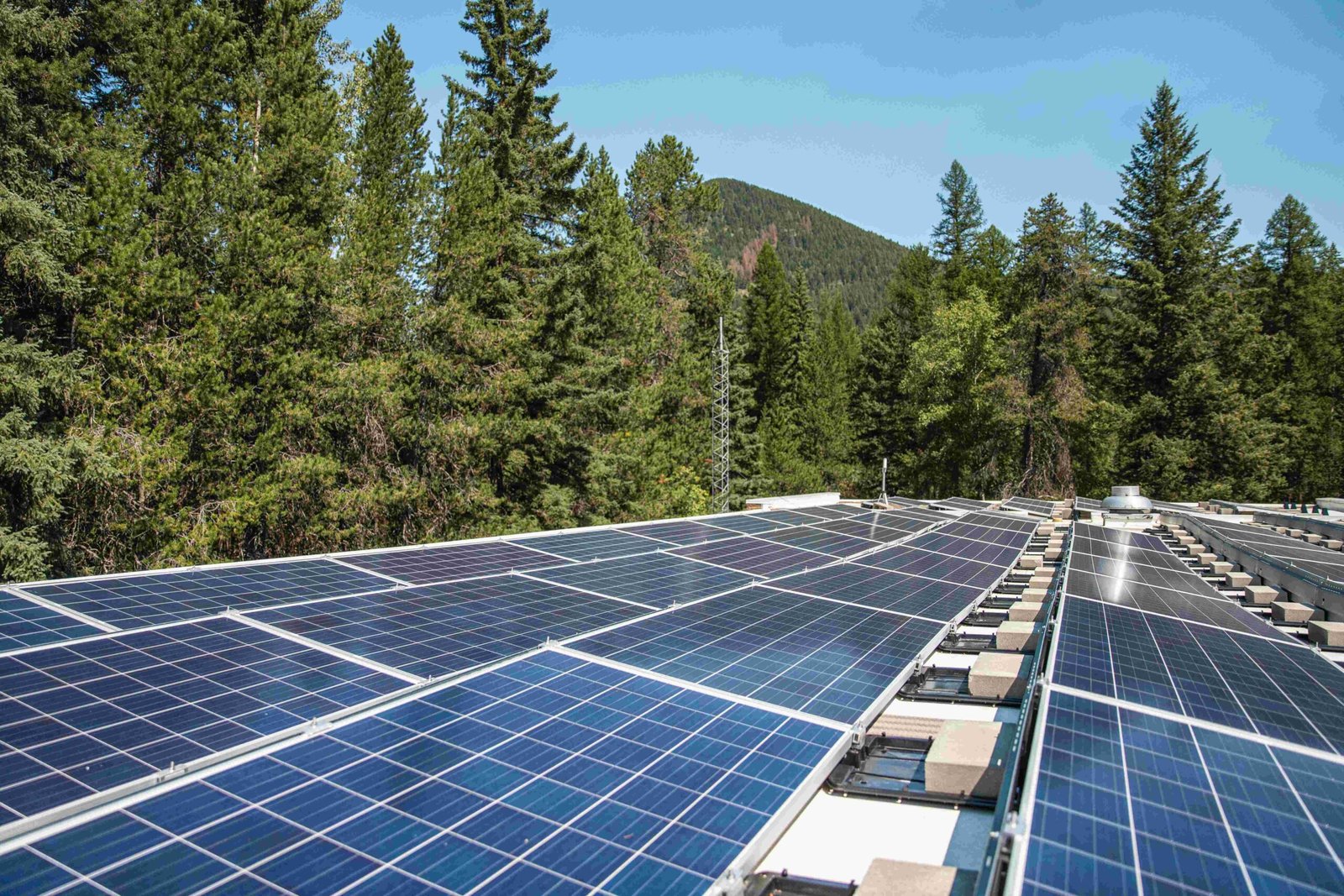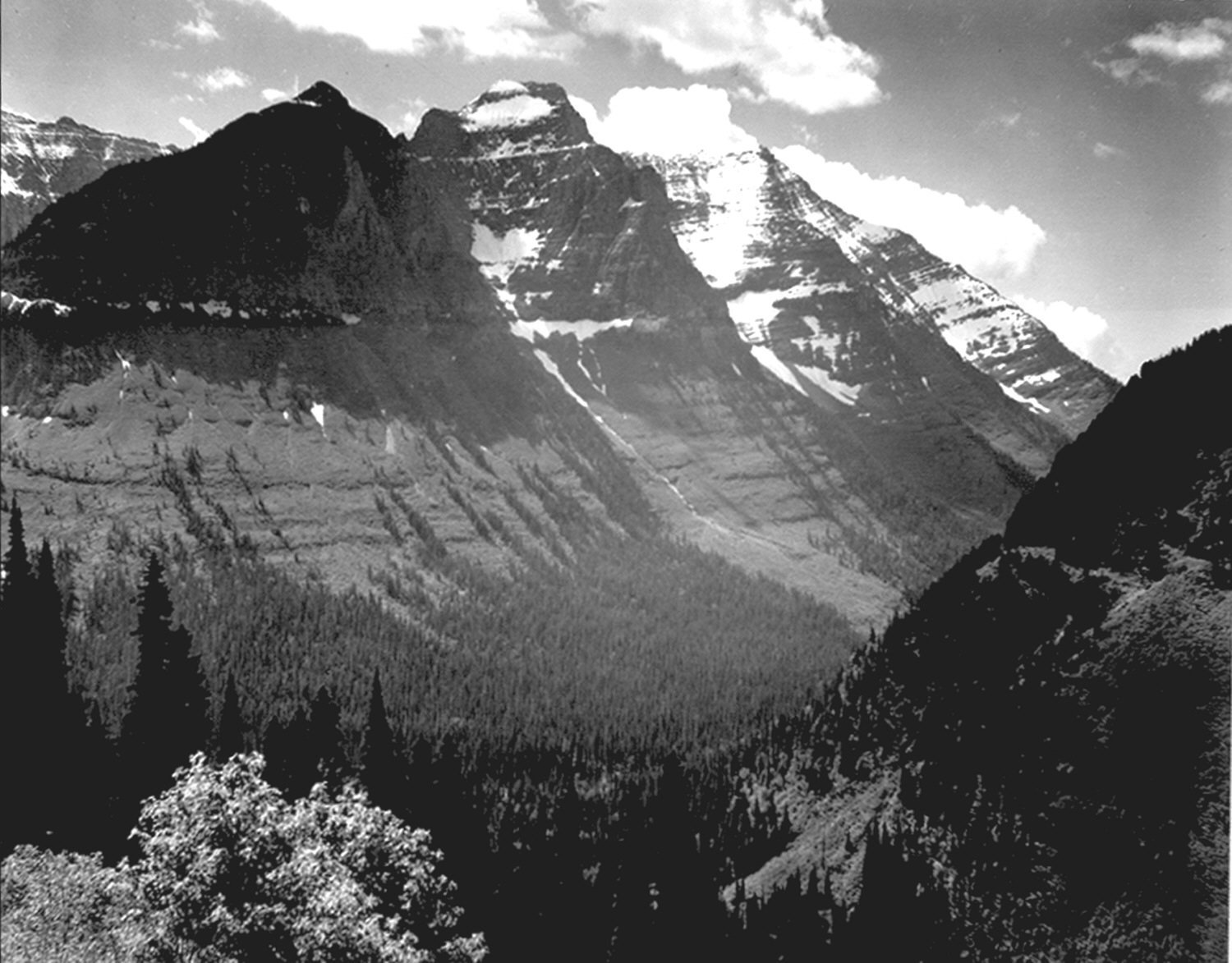The black bear population in Glacier National Park is estimated at around 600 individuals. These bears inhabit diverse ecosystems within the park, from lush forests to alpine meadows. The population has remained relatively stable over the years, with conservation efforts and habitat management playing crucial roles. Black bears in Glacier National Park are opportunistic omnivores, adapting their diet to seasonal food availability and utilizing various habitats throughout the year.
What is the Current Estimate of Black Bears in Glacier National Park?

The current estimate of black bears in Glacier National Park stands at approximately 600 individuals. This figure has remained relatively consistent over the past two decades, indicating a stable population. Here’s a breakdown of the population estimate:
- Total estimated population: ~600 black bears
- Population density: Varies across different habitats within the park
- Study period: Consistent estimates from 2004 to recent years
- Margin of error: Estimated between 522 and 684 bears (based on a 2013 genetic sampling study)
It’s important to note that while the overall population estimate is around 600, this number can fluctuate slightly due to various factors such as birth rates, mortality, and migration patterns.
How Do Researchers Determine Black Bear Population in Glacier National Park?

Researchers employ several methods to determine the black bear population in Glacier National Park:
-
Genetic Sampling: This non-invasive technique involves collecting bear hair samples from strategically placed hair snags throughout the park. The DNA extracted from these samples helps identify individual bears and estimate population size.
-
Mark-Recapture Studies: Although less common now, this method involves capturing, tagging, and releasing bears, then observing the proportion of tagged bears in subsequent sightings to estimate population size.
-
Camera Traps: Automated cameras placed in bear habitats capture images of bears, helping researchers identify individuals and estimate population density in specific areas.
-
Track and Scat Surveys: Researchers conduct systematic surveys of bear tracks and scat to estimate population density and distribution.
-
Aerial Surveys: While more commonly used for grizzly bears, aerial surveys can sometimes be employed to count black bears in open areas.
These methods, often used in combination, provide researchers with a comprehensive understanding of the black bear population in Glacier National Park.
What Factors Influence Black Bear Population in Glacier National Park?
Several factors play a role in shaping the black bear population in Glacier National Park:
- Habitat Availability and Quality:
- Diverse ecosystems within the park provide ample habitat
- Availability of food sources across seasons
-
Presence of suitable denning sites
-
Food Resources:
- Abundance of berries, nuts, and other plant matter
- Availability of small mammals and insects
-
Seasonal variations in food sources
-
Human-Bear Interactions:
- Implementation of bear management policies
- Visitor education on bear safety
-
Proper food storage and waste management in the park
-
Climate Change:
- Potential impacts on food availability and distribution
- Changes in hibernation patterns
-
Alterations to habitat suitability
-
Competition with Grizzly Bears:
- Overlap in habitat use and food sources
-
Potential displacement of black bears by grizzlies in certain areas
-
Natural Mortality Factors:
- Predation (primarily on cubs)
- Disease and parasites
- Old age and injuries
Understanding these factors helps park managers and researchers develop effective conservation strategies to maintain a healthy black bear population.
How Does Black Bear Population Compare to Grizzly Bears in Glacier National Park?
While both black bears and grizzly bears inhabit Glacier National Park, their populations and distributions differ:
| Characteristic | Black Bears | Grizzly Bears |
|---|---|---|
| Estimated Population | ~600 | ~300 |
| Primary Habitat | Lower elevations, forested areas | Higher elevations, alpine meadows |
| Size | Smaller (150-300 lbs) | Larger (200-700 lbs) |
| Diet | More plant-based | More omnivorous |
| Denning Habits | Lower elevations | Higher elevations |
Key differences:
- Population Size: Black bears outnumber grizzly bears in the park by approximately 2:1.
- Habitat Preference: Black bears tend to inhabit lower elevation, forested areas, while grizzlies are more commonly found in higher elevation, open habitats.
- Dietary Habits: While both are omnivores, black bears tend to have a more plant-based diet compared to grizzlies.
- Human Interactions: Black bears are generally less aggressive towards humans than grizzlies, but both species require careful management to minimize conflicts.
Understanding these differences is crucial for park management and visitor safety.
What Are the Primary Habitats of Black Bears in Glacier National Park?
Black bears in Glacier National Park utilize a variety of habitats throughout the year:
- Forested Areas:
- Coniferous forests (pine, spruce, fir)
- Deciduous forests (aspen, birch)
-
Mixed forests
-
Riparian Zones:
- Areas along rivers and streams
-
Wetlands and marshes
-
Berry Patches:
- Huckleberry fields
- Thimbleberry patches
-
Other berry-producing areas
-
Meadows and Grasslands:
- Alpine meadows (at lower elevations compared to grizzlies)
-
Subalpine grasslands
-
Rocky Areas:
- For denning purposes
-
Foraging for insects and small mammals
-
Human-Adjacent Areas (when not properly managed):
- Campgrounds
- Picnic areas
- Roadsides
Black bears move between these habitats seasonally, following food availability and preparing for hibernation. Their adaptability allows them to thrive in Glacier National Park’s diverse ecosystems.
How Do Seasonal Changes Affect Black Bear Behavior and Distribution?
Seasonal changes significantly influence black bear behavior and distribution in Glacier National Park:
Spring (March-May):
- Bears emerge from hibernation
- Initially stay near den sites
- Move to lower elevations as snow melts
- Feed on early vegetation, carrion, and small mammals
Summer (June-August):
- Widely distributed throughout the park
- Focus on berry patches and lush vegetation
- Increased activity in meadows and forests
- Peak mating season
Fall (September-November):
- Hyperphagia (intense feeding) to prepare for hibernation
- Concentrate on areas with abundant berries and nuts
- Begin moving to higher elevations for denning
- Increased foraging activity
Winter (December-February):
- Hibernation period
- Den in hollow trees, rock crevices, or excavated dens
- Minimal activity, relying on fat reserves
Understanding these seasonal patterns helps park managers and visitors anticipate bear activity and take appropriate precautions.
What Conservation Efforts Are in Place for Black Bears in Glacier National Park?
Glacier National Park implements various conservation efforts to protect and manage the black bear population:
- Habitat Protection:
- Preserving natural ecosystems
- Maintaining wildlife corridors
-
Protecting key food sources (e.g., berry patches)
-
Bear Management Plan:
- Guidelines for human-bear conflict prevention
- Protocols for handling problem bears
-
Regular updates based on new research and data
-
Visitor Education:
- Bear safety information at visitor centers
- Signage throughout the park
-
Educational programs and ranger talks
-
Food Storage Regulations:
- Bear-resistant food containers required in backcountry
- Bear-proof dumpsters in developed areas
-
Strict enforcement of proper food storage
-
Research and Monitoring:
- Ongoing population studies
- Tracking of individual bears
-
Habitat use and behavior research
-
Trail and Campground Management:
- Temporary closures of areas with high bear activity
-
Maintenance of safe distances between humans and bears
-
Interagency Cooperation:
- Collaboration with state wildlife agencies
- Partnerships with conservation organizations
These efforts aim to maintain a healthy black bear population while ensuring visitor safety and minimizing human-bear conflicts.
How Can Visitors Safely Observe Black Bears in Glacier National Park?
Visitors to Glacier National Park can safely observe black bears by following these guidelines:
- Maintain Safe Distances:
- Stay at least 100 yards (91 meters) away from bears
-
Use binoculars or telephoto lenses for closer views
-
Hike Safely:
- Make noise while hiking to alert bears of your presence
- Hike in groups when possible
-
Carry bear spray and know how to use it
-
Proper Food Storage:
- Use bear-resistant containers in the backcountry
- Store food and scented items in bear boxes at campgrounds
-
Never leave food unattended
-
Be Alert:
- Watch for signs of bear activity (tracks, scat, claw marks)
-
Be especially cautious in areas with limited visibility
-
Respect Closures and Warnings:
- Obey all trail and area closures due to bear activity
-
Heed ranger warnings and posted signs
-
Proper Behavior if You Encounter a Bear:
- Stay calm and do not run
- Slowly back away while facing the bear
- Speak calmly to identify yourself as human
-
Use bear spray if the bear approaches aggressively
-
Participate in Ranger-Led Programs:
- Join guided hikes or talks to learn about bears and safe viewing
By following these guidelines, visitors can enjoy observing black bears while maintaining a safe and respectful distance.
In conclusion, the black bear population in Glacier National Park, estimated at around 600 individuals, is a testament to the park’s rich biodiversity and effective conservation efforts. Understanding their habitat preferences, seasonal behaviors, and the factors influencing their population helps in maintaining a delicate balance between wildlife preservation and visitor experience. As we continue to study and protect these magnificent creatures, it’s crucial for visitors to play their part in ensuring the long-term survival of black bears in this pristine wilderness.